Almost everyone has heard such a term as a pavilion. This is a large enclosed area where shopping malls are usually located or various exhibitions are held. Also in such premises cars or other equipment are stored. However, “pavilion” is a term that has other meanings. Which ones?
Dictionary word
In order to start learning terminology, you should turn to the explanatory dictionary. It provides several meanings of this concept, namely:
- a pavilion is a small, light, enclosed structure that has a roof and is located in a garden or park;
- it is an extension to the main building (outbuilding);
- indoor building made of light materials, which is intended for trade or various exhibitions;
- a special room, which is equipped for shooting films, videos and television programs;
- theatrical or movie decoration, which is a room.
As can be seen from the above, the pavilion is a multi-valued term. Consider some of his interpretations in more detail.
Appearance in Russia
Studying the meaning of the word “pavilion”, it should be noted that initially such a structure was intended for recreation or entertainment. Its main difference from park or garden arbors was that it was closed from external natural influences by walls. Pavilions since the time of Peter I have become an integral element of estates and estates.
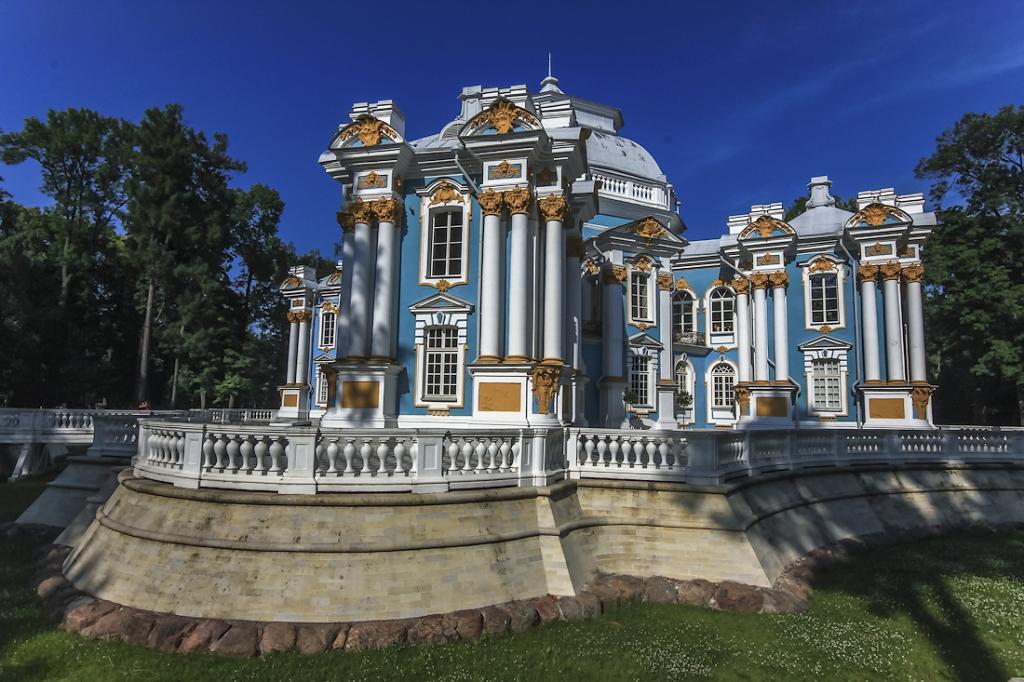
As mentioned earlier, these rooms can have a different purpose and look different. The pavilions that appeared in Tsarist Russia can be divided into several types:
- Hermitage - This view has been preserved in the estate of Kuskovo and Peterhof. Hermitage translates from French as "a place for privacy." It is a small palace building, its direct purpose is the personification of the recreation area. In the photo of pavilions of such a plan, you can see their beautiful architecture and rich decoration.
- Orangery - this view is a building with a large number of windows and often a glass roof, where plants and flowers are located in pots and small flower beds. It was also called the former winter garden and was often decorated with cages with songbirds.
Other types
“Hermit's Huts” - these pavilions were created with a bias on a specific topic, for example, hunting. They were also stylized as houses of other states - the so-called Dutch or Italian houses. They were created to entertain guests and change the atmosphere during special events.
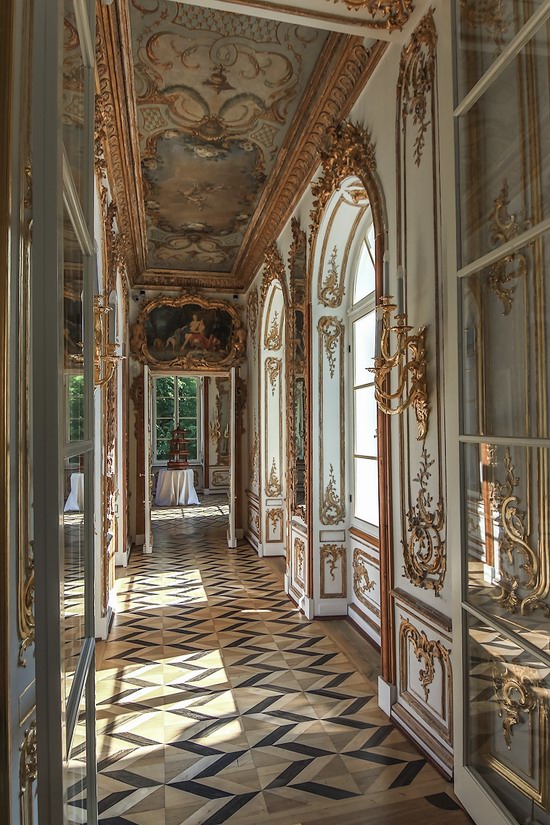
There were also pavilions made in the form of grottoes with small pools, houses for tea ceremonies. Such buildings were most often built on the outskirts of the estate or park.
Modern views
Currently, pavilions are also used in construction, but they fundamentally changed their purpose. They began to be used as premises for exhibitions, as warehouses or retail space. In addition, there are also mobile pavilions that can be assembled in a short time on almost any territory. Quite often they are used for receptions and weddings.
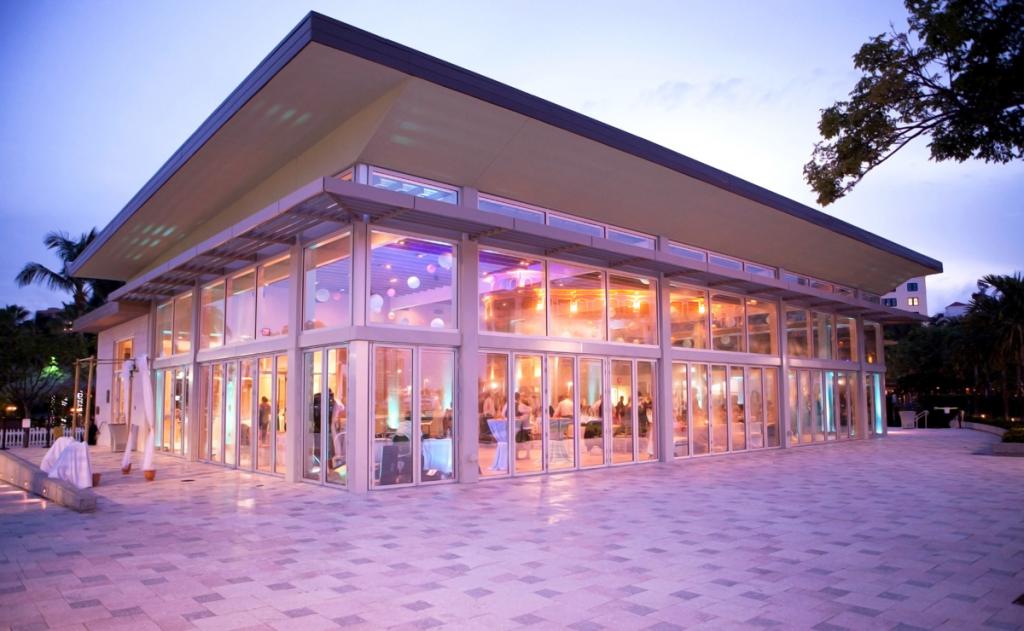
The main advantage of such pavilions is mobility, that is, this design can be quickly assembled, and after use it can be disassembled and taken away. Today, there are various forms and types of similar structures created using modern technologies.
Retail space
You should also talk about the widespread pavilions for trade.Currently, they are quite large and are assembled from a metal frame and the so-called sandwich panels (PVC plates). Such designs are characterized by high strength and large area. These pavilions are also used for exhibitions and fairs. They can have from one to several levels.
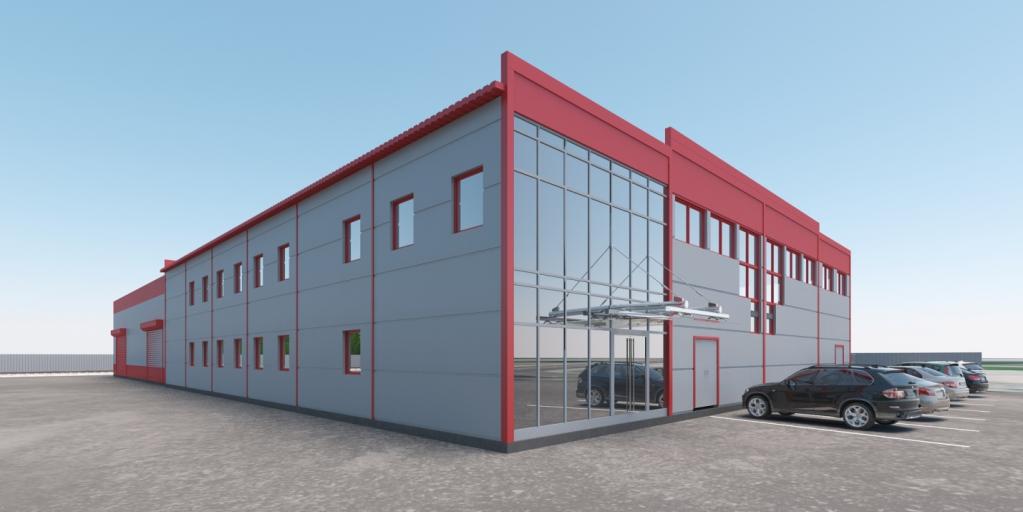
The construction is a frame, which is assembled from metal sections, and then sheathed with panels. After that, the roof is installed and the necessary types of communications are brought. The pavilions compare favorably when comparing them with the same area buildings of brick or reinforced concrete. Firstly, the construction of the latter requires a lot of time, and secondly, significantly more money.
Appearing in the time of Peter I, the pavilions served as entertainment buildings and a winter storage for plants and flowers. Subsequently, they significantly changed both externally and in their profile. However, at present pavilions are necessary buildings for use for various purposes.
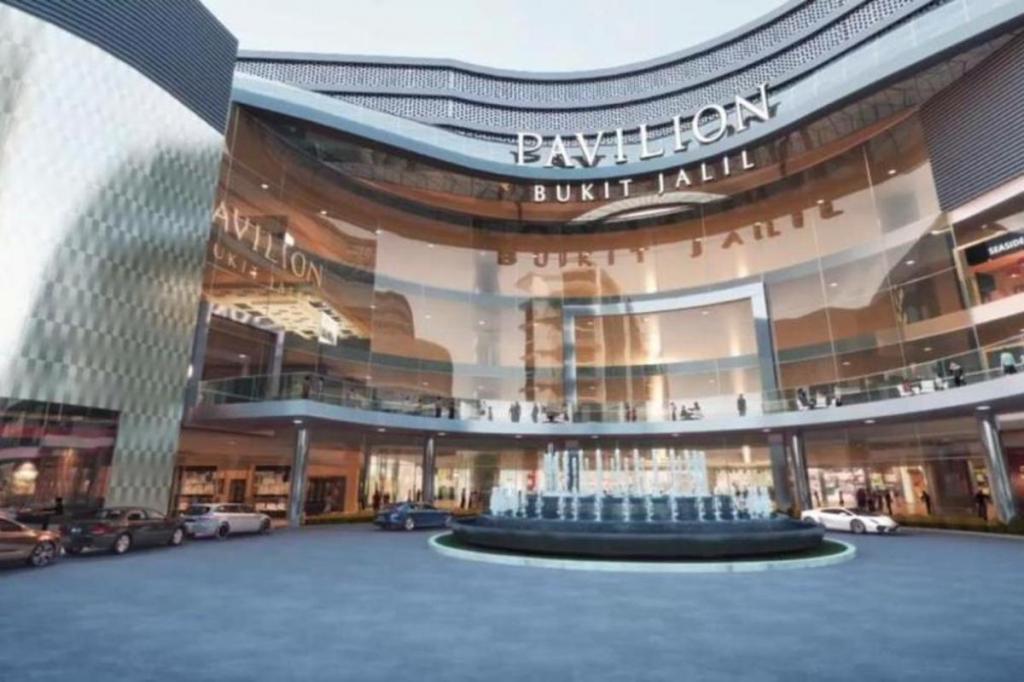

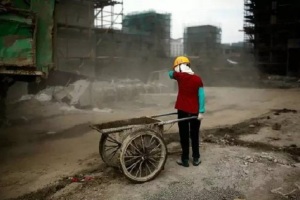


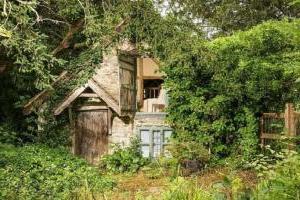

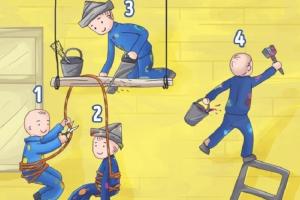


tell me, please, how can I contact the editor of the bizpro.htgetrid.com/bsn online portal? I can not find the feedback. we have a different profile, but your eyes have sunk directly on your text)))